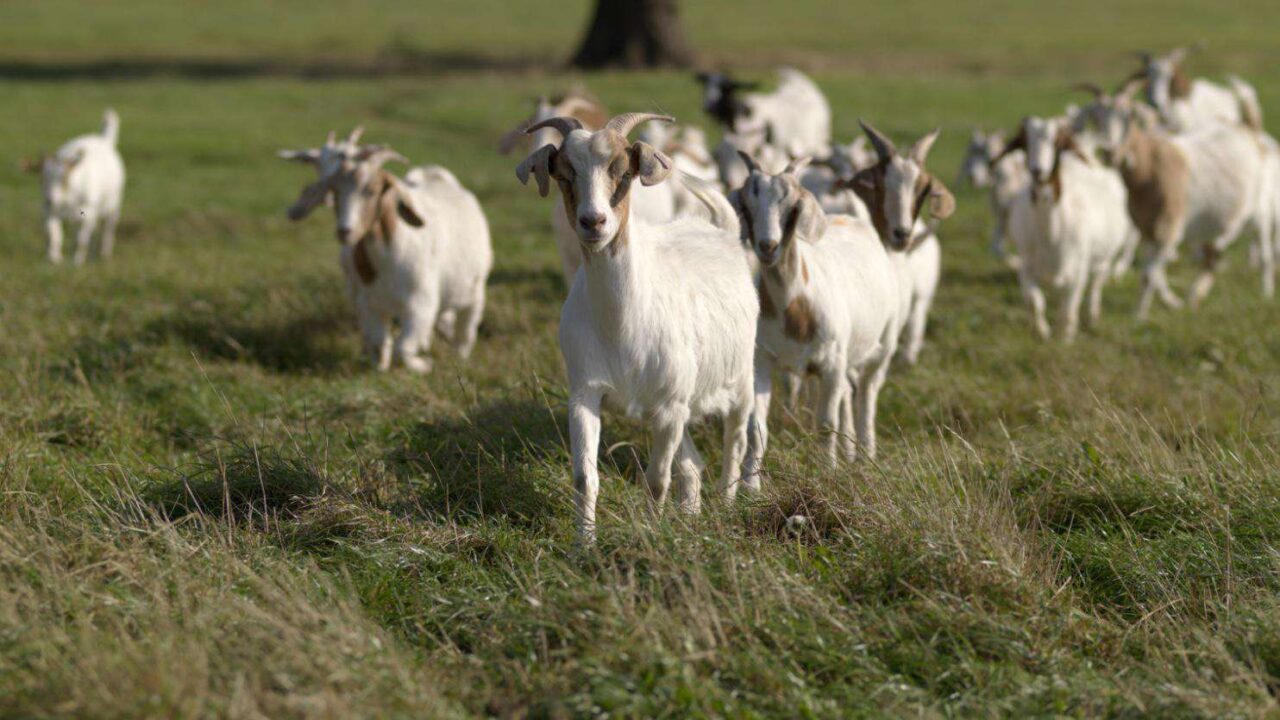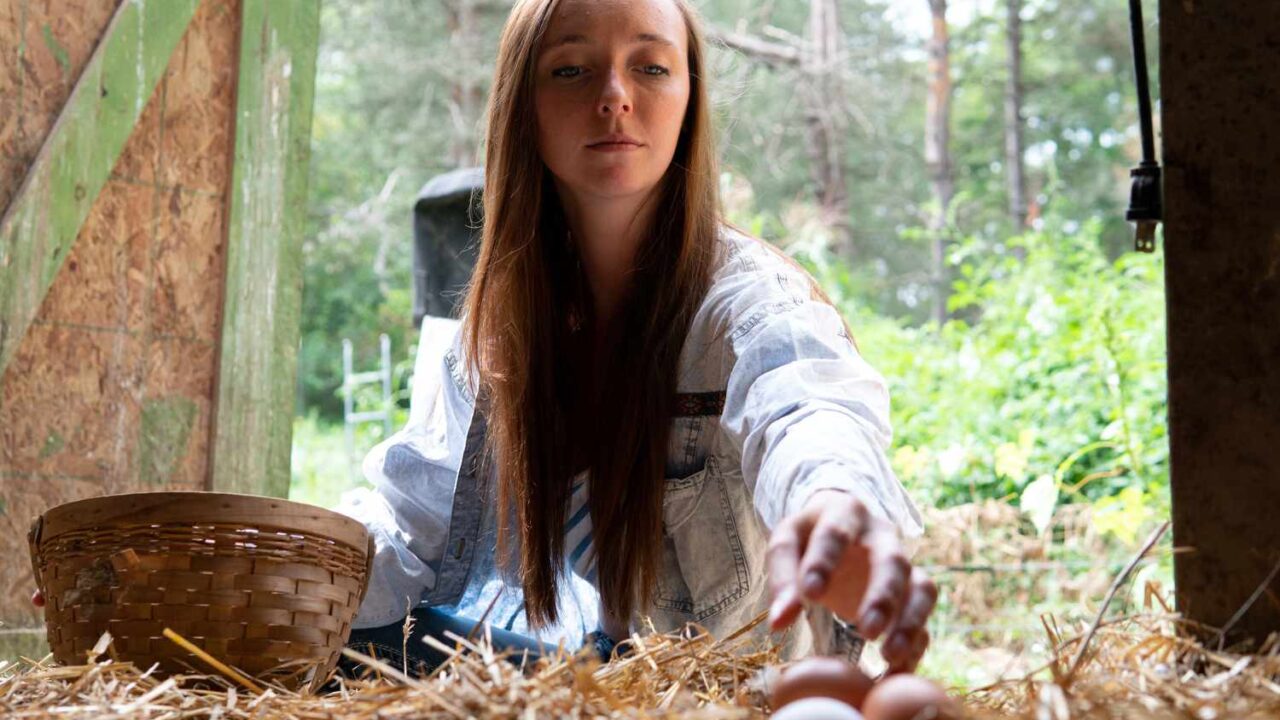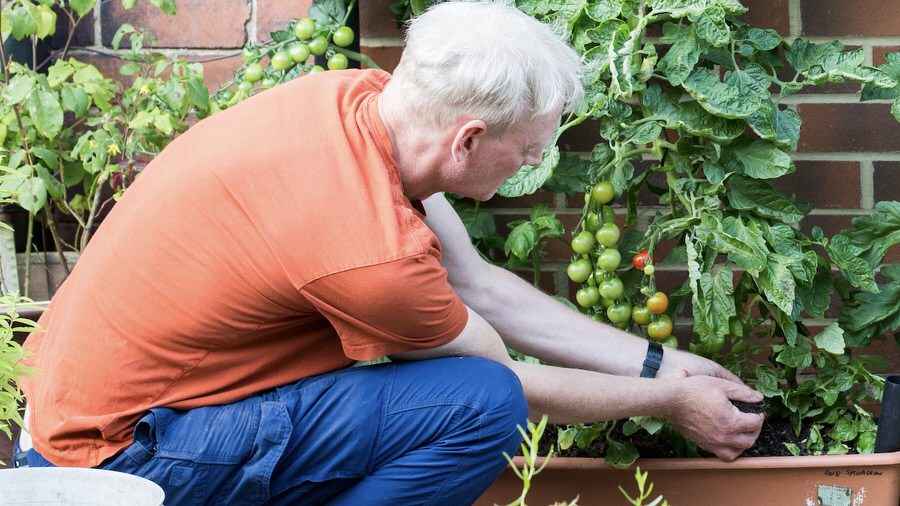No Dig gardening is historically practised within the floor, usually (however not all the time) in raised beds. Consciousness of No Dig gardening has risen in recent times, due to the work of inspiring growers like Huw Richards, Charles Dowding and Stephanie Hafferty. However does it additionally work in containers? Right here I share my ideas and expertise. I’d love to listen to yours within the feedback under.
The advantages of No Dig
The most important good thing about No Dig gardening within the floor – apart from much less work – is decreased disturbance of the microbial life within the soil. Disturbance, sadly, harms necessary fungal networks and damages micro organism populations. Crops want these fungi and micro organism to entry their meals, in the identical approach that we want micro organism in our stomachs to digest our meals. By serving to microbial life to flourish, No Dig helps vegetation to develop stronger and more healthy. One other profit is much less weeds. As decreased disturbance brings much less weed seeds to the floor the place they will germinate.
Making use of No Dig to Containers
Can we get these identical advantages by practising No Dig in containers? As a result of the truth that the quantity of soil in a container is far, a lot smaller, our containers will often have much less microbiological variety, and fewer prolonged fungal networks than within the floor. In consequence, digging in containers will in all probability do much less hurt than digging within the floor. That stated, it’s helpful in container gardening to imitate nature as a lot as potential. So it is sensible to try to encourage and help as a lot organic exercise in our pots as we are able to. For instance, I make and add worm compost to my containers. Worm compost is stuffed with microbial life, and helps create a extra biologically lively potting combine that vegetation develop stronger and extra vigorously in. My purpose to nurture soil life in containers can also be why I have been experimenting with No Dig container gardening. For instance, I now lower my tomatoes and beans off on the base, leaving the roots to rot down within the soil. I then add a layer of worm compost to the highest of the pot. I sow seeds or plant immediately into this, disturbing the contents as little as potential. With hungrier vegetation like tomatoes, I could then add one other mulch of worm compost to offer them a lift in the course of the season.
The potential advantages of No Dig in containers embrace:
- Much less disturbance of the important microbial life vegetation want.
- Leaving roots to rot down in soil, offers meals for to assist help microbial life in containers.
- Much less disturbance helps preserve extra air gaps. And roots left to rot must also assist to create extra air channels by the combination.
No Dig and Re-Utilizing a Potting Combine annually
I even have a hunch that No Dig in containers makes it simpler to re-use the identical potting combine, 12 months after 12 months. It is because the construction of a potting combine tends to deteriorate with time. The consequence of that is that the variety of air gaps within the combine lower. (Plant roots and soil life each have to breathe). Nonetheless, if we practise No Dig and don’t disturb the substrate, extra air gaps (eg the place roots rot down) are more likely to stay. This could make it higher for rising. This hunch is backed up by an commentary. I’ve a pot of 5 12 months previous coir and a pot of 5 12 months previous wooden chip compost that I develop tomatoes in utilizing No Dig. Over time the construction of the coir has deteriorated excess of the wooden chip. As tomatoes like a nicely aerated soil, which means that you’d in all probability guess they might do higher within the wooden chip. Nonetheless, they appear to develop equally nicely in each. I can not make sure, however this may point out that No Dig helps the coir to retain extra air gaps.
Outcomes from my No Dig Trials
Normally, my trials utilizing No Dig (or, extra precisely, digging as little as potential!) to develop tomatoes, courgettes / Zucchini and French beans in containers have all produced robust, wholesome vegetation. I haven’t got conclusive proof that it’s a higher method, however intuitively it feels proper and I’ll proceed to do extra. It is not important in container gardening – I’ve had plenty of success with out it – however I do suppose it’s value attempting, notably in bigger containers.





